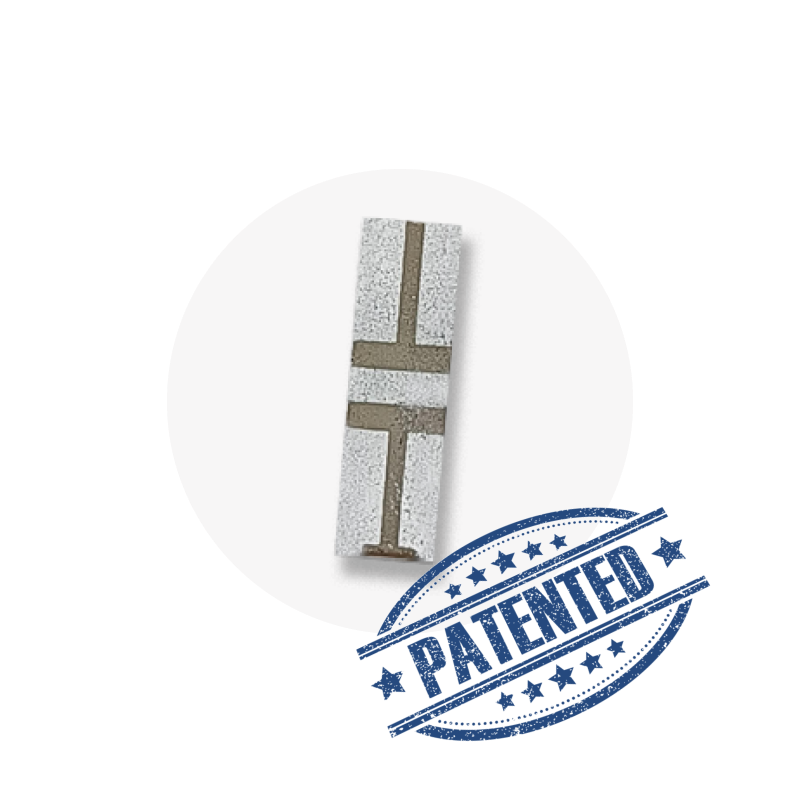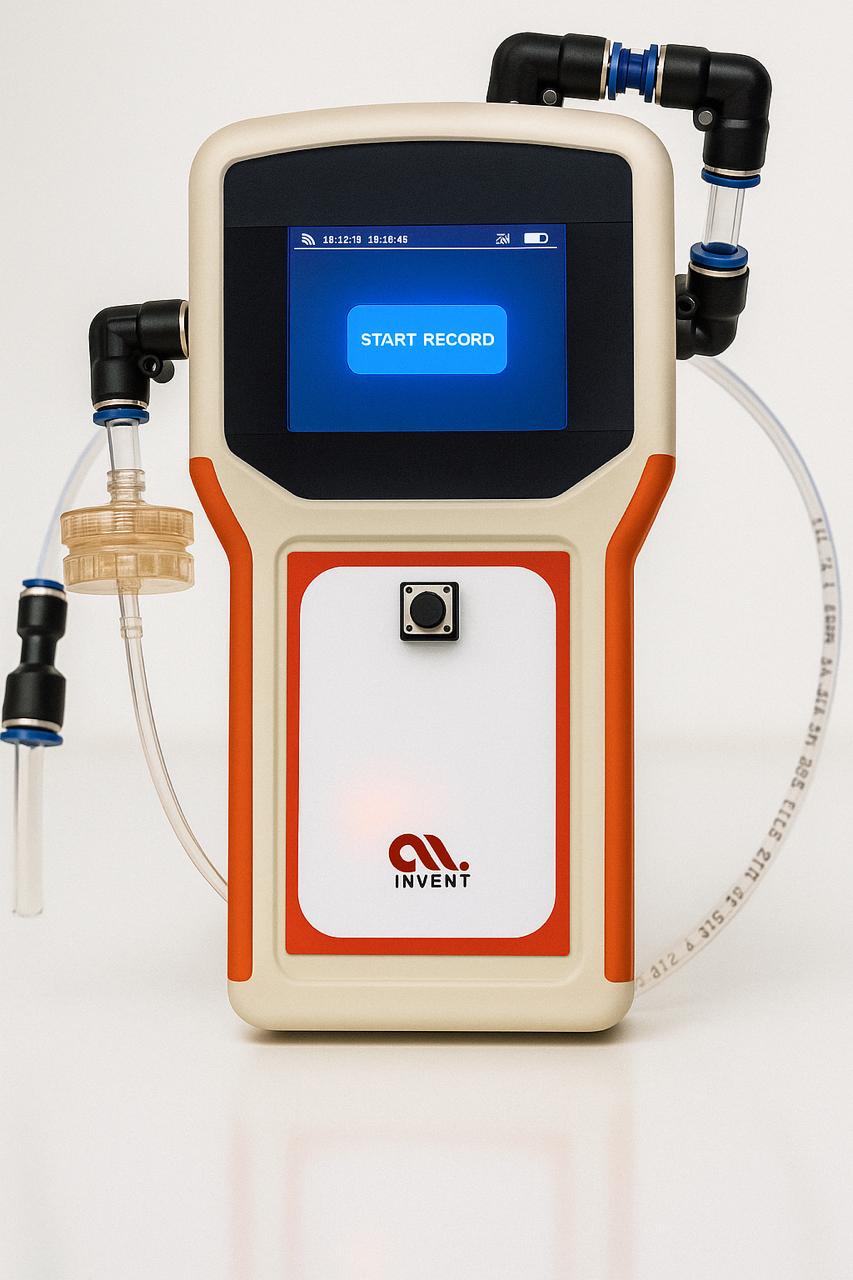
🚀 NVIDIA Inception Program Member - Accelerating AI-Powered VOC Analysis
Every living organism emits VOCs, unique markers of their physiological state, serving as a chemical dialogue between species. This chemical language provides insights into biological processes at a granular level. To harness this data, it's essential to discern multiple volatiles at sub-ppm concentrations and identify distinct molecular fingerprints corresponding to each state. We can precisely gauge an organism's condition by funneling this data into AI algorithms.
Latest Research Update
Set up an on-site incubation centre at Malabar Cancer Centre (MCC), Thalassery, and initiated clinical validation of the medical device for Lung Cancer screening.









A quick view of how VolTrac has evolved across sensor performance, IP milestones and real-world deployments.